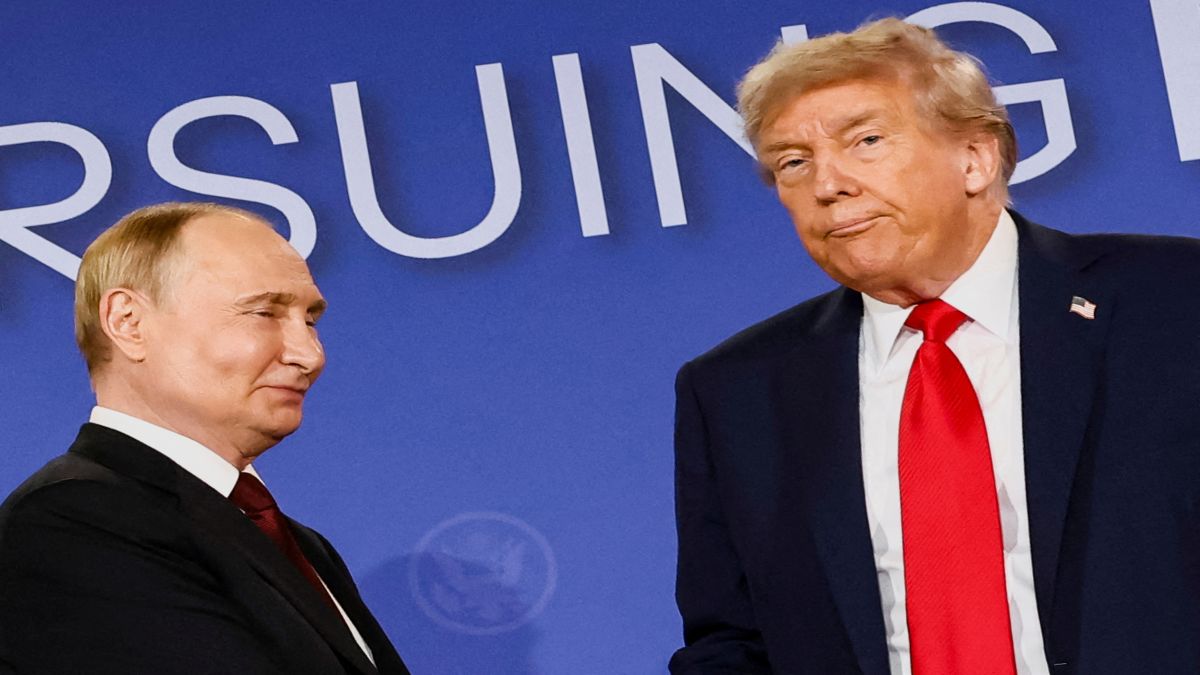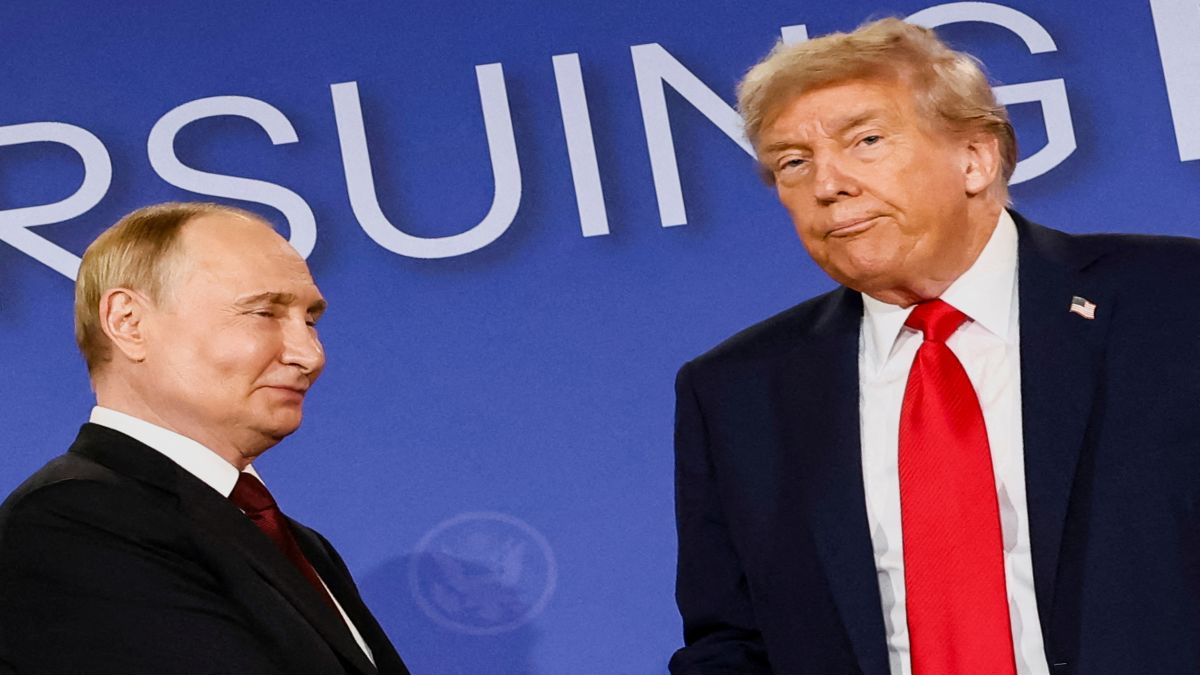Delhi still remains in the limelight post Diwali and once again earned the ignominious title of having the world’s dirtiest air. Being the most polluted city, the national capital had decided to use green crackers this Diwali but efforts worsened as the air quality became toxic, degrading the air of border areas.
IQAir’s recent report brings to the attention the three Indian cities being in the top 10 table of places having the highest pollution. Delhi once again tops the list, while Mumbai ranks fifth and Kolkata eight. This highlights the deteriorating health of India’s climatic atmosphere. The bordering nation Pakistan finds its second and fourth spot. According to the report Lahore and Karachi go respectively.
The full list is dominated by South Asian and Middle East cities, which reads like a sombre indictment of unchecked urbanization and environmental neglect. The top ten cities according to the report includes: Delhi, Lahore, Kuwait, Karachi, Mumbai, Tashkent, Doha, Kolkata, Canberra, and Jakarta.
Delhi’s air quality index nosedived after the Delhi festival, with the burning of firecrackers skipping the official restrictions. The Supreme court allowed the use of green crackers between 8 PM and 10 PM but the celebrations extended well beyond the allotted hours, blanketing the capital in smog once again. The air quality index reached 344 which is labelled as “very poor” at 10 PM, with several monitoring stations reporting above 400 which is said to be “severe.”
According to the Central Pollution Control Board (CPCB), air quality between 0 and 50 is deemed ‘good’, between 51 and 100 ‘satisfactory’ while readings above 400 indicate hazardous effect. Data from Decision Support System (DSS) which reads the vehicular emissions accounted for 23.3 per cent.
Impact Shorts
More ShortsIn addition to countering this problem, the government has activated Stage II of Graded Action Response Action Plan (Grap) which bans the most non-essential construction taking place, along with the demolition activities. Intensified mechanized road sweeping and water sprinkling to suppress dust, increased frequency of public transport.


)

)
)
)
)
)
)
)
)



